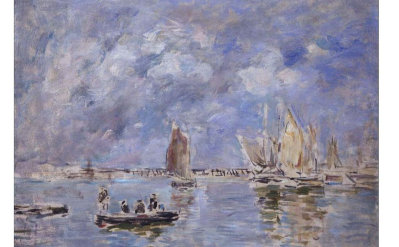Events calendar

The Theater of Emotions
Nearly eighty works from the Middle Ages to the present day, from private collections and prestigious French and international museums, are brought together to trace the history of emotions and their pictorial expression from the 14th to the 21st century. The fruit of collaboration between historian and philosophy professor Georges Vigarello and art historian Dominique Lobstein, the exhibition takes a fresh look at these works, contextualizing their creation.
Emotion, with its "often intense reactions", is systematically present in the visual arts, worked on, tracked down, declined. It even embodies most of their meaning, suggesting flesh, stimulating curiosity. All expressions are illustrated: from suffering to joy, from enthusiasm to terror, from pleasure to pain, all of which Louis-Léopold Boilly captured in his Trente-cinq têtestes d'expression (circa 1825, Tourcoing, Musée Eugène Leroy), the repertoire of a theater where human sensibility is exposed and diversified. From the Middle Ages to modern times, Dürer's Melancholy (1514, Paris, École nationale supérieur des beaux-arts), the émois des jeunes cœurs (Jeanne-Élisabeth Chaudet, Jeune Fille pleurant sa colombe morte, 1805, Arras, musée des beaux-arts), Têtes d'expression de l'École parisienne des Beaux-Arts, or the terror of madness portrayed by Charles Louis Müller (Rachel in Lady Macbeth, Paris, Musée d'Art et d'Histoire du Judaïsme) are all manifestations of feelings, captured by all, instantly deciphered, eloquent in their features, their clichés. Finally, today's sharply heightened interest in psychological themes, traumas or affects, can only reinforce the legitimacy of an exhibition on emotion in the visual arts, its forms, its degrees. The exhibition suggests the endless repertoire of affective resonances in our inner world, their presence or absence, from the mute, medieval ivories to the most recent works of art.from the mute, medieval ivories to their screaming sublimation in Jean Fautrier's Têtes d'otages (1945, Paris, Musée national d'Art moderne, Centre Georges Pompidou).
Yet these nuances have a more precise, more precious interest. They also reveal how these same emotions may have varied over time, how their manifestations shift, how the attention paid to them changes, and sometimes even the meaning given to them. Emotional" objects are enriched, gazes are renewed, intensities are differentiated, and so are interpretations. The old melancholy becomes neurasthenia (Émile Signol, La Folie de la fiancée de Lammermoor, 1850, Tours, Musée des Beaux-Arts), the old violence becomes exécration (Pablo Picasso, La Suppliante, 1937, Paris, Musée Picasso), physiognomies differentiate and crumble as never before in Boilly or Daumier. Emotion then offers endless nuances, which history only enriches and singularizes. The exhibition shows how the Western psyche has been slowly built up, how it has unfolded insensitively over time, its hidden facets, its increasingly differentiated particularities.
The 8 sections of the exhibition illustrate the slow transcription of emotions by artists, then its evolution over time, in the light of aesthetic and scientific reflections and successive events.
Entrance and headphones included.
Important: health pass + ID + mask required
See all events
Saturday 11 June 2022
11:05
- 12:45
(GMT +2)
Registration deadline : 8th June
Musée Marmottan
2 Rue Louis Boilly
75016
Paris 16e Arrondissement
-
30 € Subscriber rate
-
34 € Non-contributing or external rate
Registration closed
Musée Marmottan
2 Rue Louis Boilly75016 Paris 16e Arrondissement
No comment
Log in to post comment. Log in.










